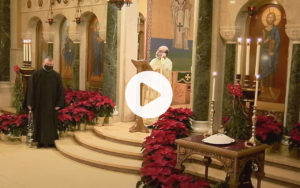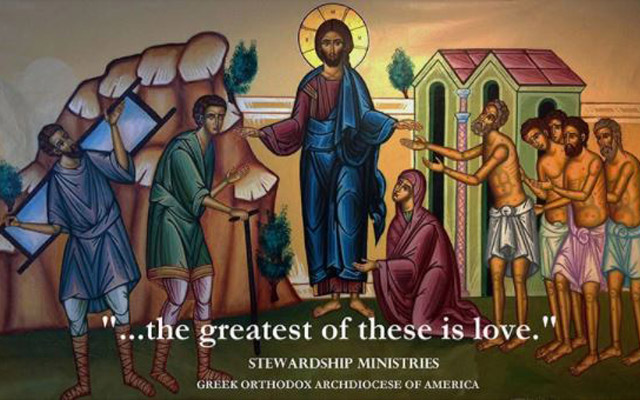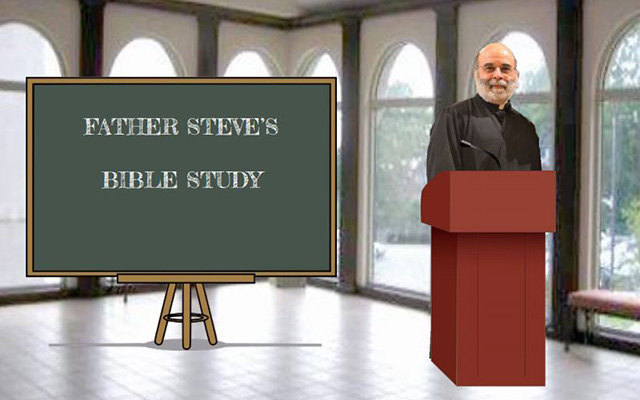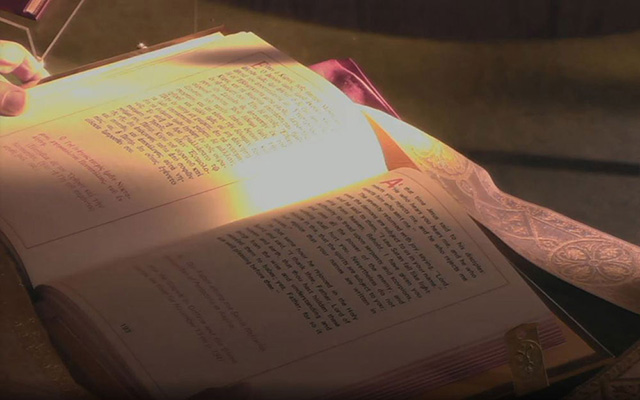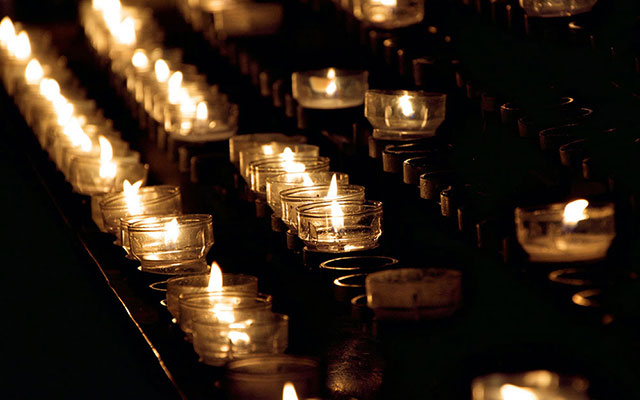Thursday of the 4th Week of Pascha. Let’s Go Back to the Beginning
In the beginning was the Word, and the Word was with God, and the Word was God. He was in the beginning with God; all things were made through Him, and without Him was not anything made that was made. John 1:1-3 (From the Gospel at the Divine Liturgy of Pascha) Christ is Risen! At the Resurrection service, we read two Gospel passages. The first commemorates the Resurrection of Christ, taken from Mark 16:1-8. This


